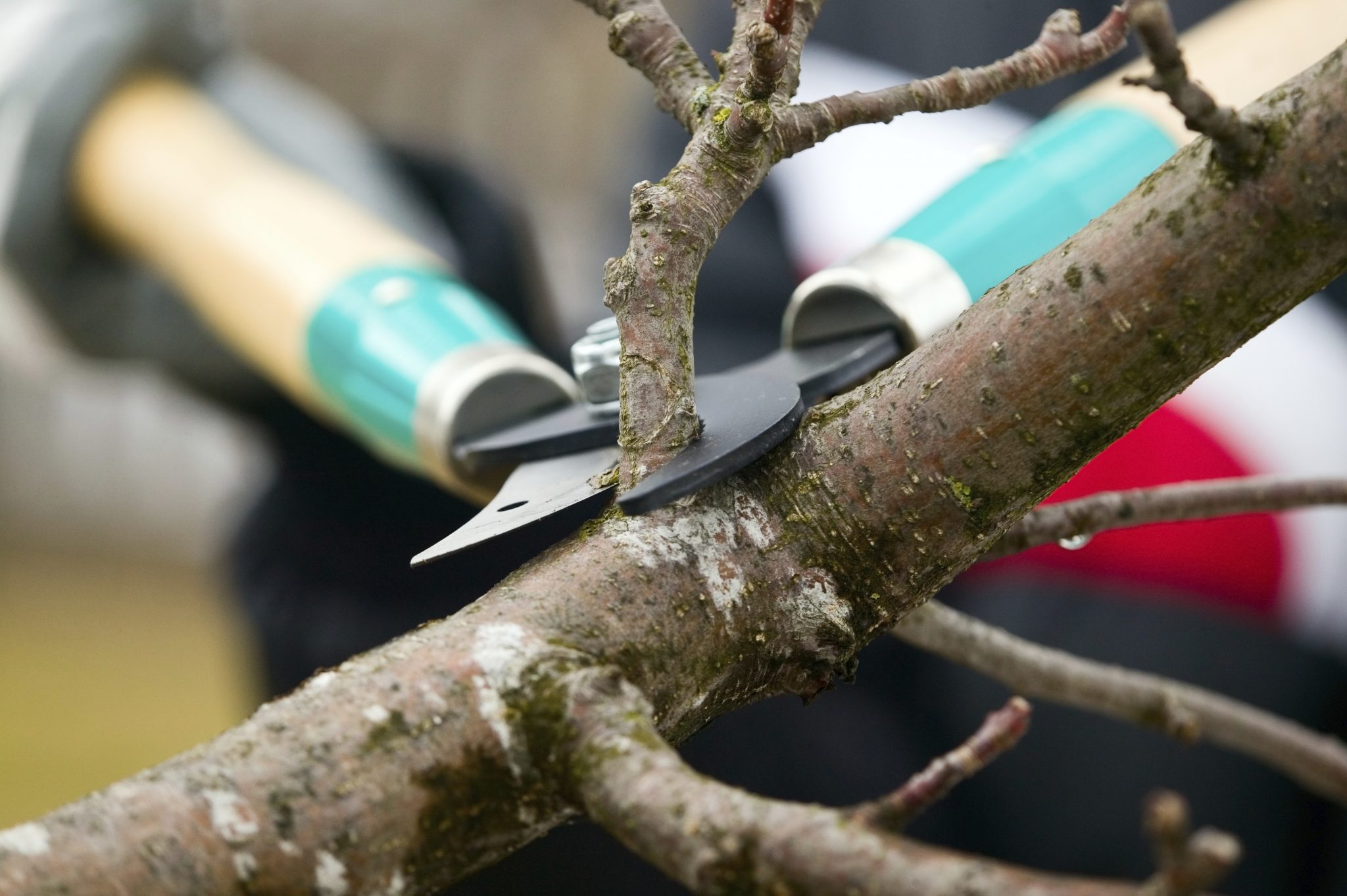Stalk is Extra Mild Than Leaves!
페이지 정보
작성자 Marisa Trowbrid… 댓글 0건 조회 2회 작성일 24-10-30 11:32본문
 Comment: Perfectly named plant - the above floor parts scent and taste like a combination of garlic and mustard! Two-yr plant (biennial). First yr harvest young leaves and root (horseradish substitute), second yr harvest leaves, pods, stalk, and seeds. Stalk is more mild than leaves! Leaves make an important pesto, but you must add bland greens like wild violet and mallow; it's also possible to add first-yr roots for a horseradish taste. They are often finely chopped and added to salads. CAUTIONS: Best eaten with different more bland foods. Contains small quantities of cyanide, which cooking minimizes. NUTRITION/MEDICINAL: The leaves are additionally believed to strengthen the digestive system. Garlic mustard weed is a member of the cruciferous vegetable group. It's high in vitamins C, A, and E. It also contains fiber, calcium, copper, iron, magnesium, and manganese. In brief, garlic mustard weed is a nutritional powerhouse and an excellent wholesome green vegetable. LOOK-A-LIKES: When very young, looks a bit like wild violet or floor ivy. Garlic mustard weed is a member of the cruciferous vegetable group. It is excessive in vitamins C, A, and E. It also contains fiber, calcium, copper, iron, magnesium, and manganese. Briefly, garlic mustard weed is a nutritional powerhouse and a superb healthy inexperienced vegetable.
Comment: Perfectly named plant - the above floor parts scent and taste like a combination of garlic and mustard! Two-yr plant (biennial). First yr harvest young leaves and root (horseradish substitute), second yr harvest leaves, pods, stalk, and seeds. Stalk is more mild than leaves! Leaves make an important pesto, but you must add bland greens like wild violet and mallow; it's also possible to add first-yr roots for a horseradish taste. They are often finely chopped and added to salads. CAUTIONS: Best eaten with different more bland foods. Contains small quantities of cyanide, which cooking minimizes. NUTRITION/MEDICINAL: The leaves are additionally believed to strengthen the digestive system. Garlic mustard weed is a member of the cruciferous vegetable group. It's high in vitamins C, A, and E. It also contains fiber, calcium, copper, iron, magnesium, and manganese. In brief, garlic mustard weed is a nutritional powerhouse and an excellent wholesome green vegetable. LOOK-A-LIKES: When very young, looks a bit like wild violet or floor ivy. Garlic mustard weed is a member of the cruciferous vegetable group. It is excessive in vitamins C, A, and E. It also contains fiber, calcium, copper, iron, magnesium, and manganese. Briefly, garlic mustard weed is a nutritional powerhouse and a superb healthy inexperienced vegetable.
Flood fill, additionally known as seed fill, is a flooding algorithm that determines and alters the world connected to a given node in a multi-dimensional array with some matching attribute. It is used within the "bucket" fill instrument of paint programs to fill linked, equally-coloured areas with a unique colour, and in video games comparable to Go and Minesweeper for determining which items are cleared. A variant referred to as boundary fill makes use of the identical algorithms however is outlined as the realm related to a given node that does not have a selected attribute. Note that flood filling is just not suitable for drawing filled polygons, as it'll miss some pixels in more acute corners. Instead, see Even-odd rule and Nonzero-rule. The normal flood-fill algorithm takes three parameters: a begin node, a target colour, and grafting [https://messiahqyej79246.oblogation.com/29529058/the-smart-trick-of-free-online-casino-that-nobody-is-discussing-slot-gacor-online-gampang-menang] a replacement coloration. The algorithm looks for all nodes in the array that are related to the start node by a path of the target color and adjustments them to the replacement shade.
For a boundary-fill, instead of the target colour, a border coloration can be supplied. To be able to generalize the algorithm in the widespread way, the next descriptions will instead have two routines accessible. One referred to as Inside which returns true for unfilled factors that, by their color, could be contained in the crammed space, and one known as Set which fills a pixel/node. Any node that has Set known as on it should then no longer be Inside. Depending on whether we consider nodes touching on the corners connected or not, we have two variations: eight-approach and 4-way respectively. Though easy to understand, the implementation of the algorithm used above is impractical in languages and environments where stack house is severely constrained (e.g. Microcontrollers). Moving the recursion into a data structure (both a stack or a queue) prevents a stack overflow. Check and set every node's pixel shade before adding it to the stack/queue, decreasing stack/queue dimension.
Use a loop for the east/west directions, queuing pixels above/beneath as you go (making it similar to the span filling algorithms, beneath). Interleave two or extra copies of the code with further stacks/queues, to allow out-of-order processors more opportunity to parallelize. Use a number of threads (ideally with barely totally different visiting orders, so they don't stay in the same space). Quite simple algorithm - easy to make bug-free. Uses loads of memory, notably when utilizing a stack. Tests most stuffed pixels a complete of four instances. Not appropriate for sample filling, because it requires pixel test results to vary. Access pattern shouldn't be cache-pleasant, for the queuing variant. Cannot simply optimize for multi-pixel words or bitplanes. It's doable to optimize things further by working primarily with spans, a row with constant y. The primary printed complete example works on the following basic principle. 1. Starting with a seed point, fill left and proper.
Keep monitor of the leftmost crammed point lx and rightmost stuffed point rx. This defines the span. 2. Scan from lx to rx above and below the seed level, looking for brand new seed points to continue with. As an optimisation, the scan algorithm doesn't want restart from every seed level, but solely those at first of the following span. Using a stack explores spans depth first, whilst a queue explores spans breadth first. When a new scan could be fully inside a grandparent span, it could certainly solely discover stuffed pixels, and so wouldn't want queueing. Further, when a new scan overlaps a grandparent span, solely the overhangs (U-turns and W-turns) have to be scanned. 2-8x quicker than the pixel-recursive algorithm. Access pattern is cache and bitplane-friendly. Can draw a horizontal line relatively than setting individual pixels. Still visits pixels it has already crammed. For the popular algorithm, three scans of most pixels. Not suitable for sample filling, as it requires pixel take a look at results to vary.

- 이전글온카1 온라인 카지노사이트 선택가이트 - 메이저사이트 추찬 베팅방법 24.10.30
- 다음글스5 토토사이트 추천 – 안전한 메이저사이트에서 즐기는 스포츠토토 가이드 24.10.30
댓글목록
등록된 댓글이 없습니다.


